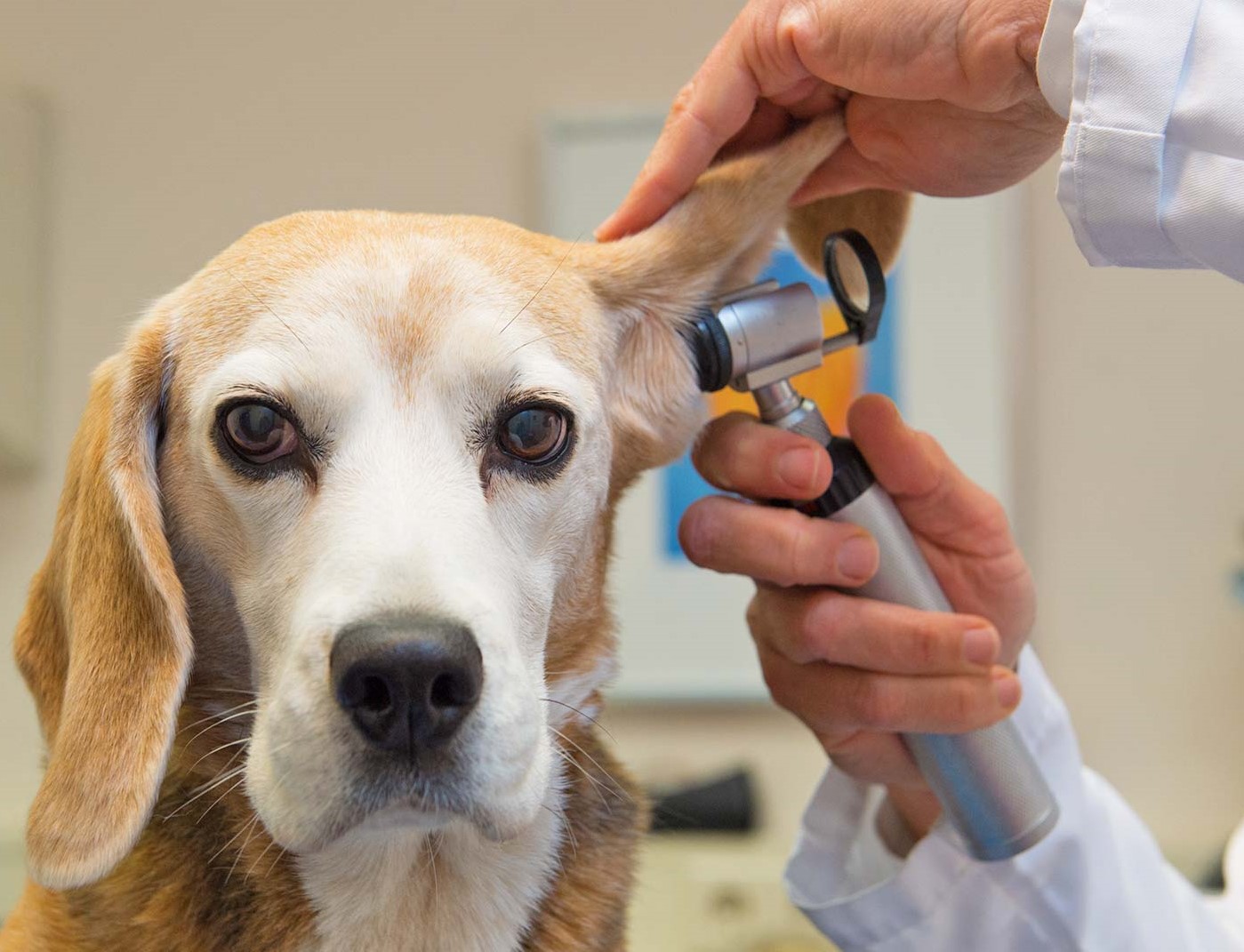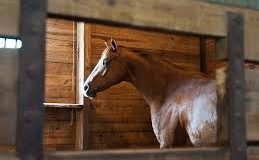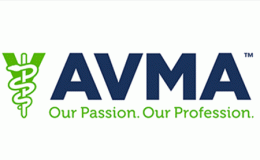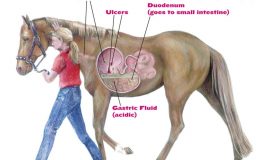Coping with Equine Geriatric Lameness
- By : Ruben Matthews
- Category : Practices and Methods

Image from Wagwalking.com
Old age claims more horses’ lives than any other cause, according to the National Animal Health Monitoring System. The most common specific causes of death in these aged horses were weight loss and inability to ambulate; one researcher suggests the two are related.
You will find that with lameness in older horses, they will actually start losing weight and develop some other problems. At first, you might not be able to figure out what is going on. But your horse could have a lameness but he’s not showing you overt signs. Don’t wait to do something about it because these horses don’t bounce back as fast. Lameness in a young horse may take one month to heal; lameness in an older horse may take three to six months, if ever.
Old age is not a disease. We need to start looking into what specifically causes older horses to deteriorate—lameness, colic, EPM—and figure out how to prevent those problems.
A Good Night’s Rest
Older horses often deteriorate because joint problems make it difficult for them to lie down to sleep. Standing for 24 hours a day increases energy demands while constant weight-bearing on their limbs exacerbates lameness problems.
Some horses do sleep standing up but they don’t sleep as soundly as if they were lying down. Some people describe this as a sort of horse sleep apnea, where they are standing up sleeping but they never actually get a full REM sleep. It takes them out of their sleep cycle, just as it does with older humans whose orthopedic problems can cause them discomfort at night.
Older horses should be housed in deeply bedded stalls at night where they can lie comfortably while they sleep, but he cautioned that this type of confinement may not be wise for all horses. Sometimes their arthritis will get worse if they are not able to move around. When you put them out, some horses will be quite lame for an hour or so until they work their way out of it. It all depends on the horse.
The owner is the best person to make a decision for an older horse because he or she knows them so well. He or she needs to decide whether confining the horse at night is helping or making the problem worse.
Drugs, Supplements, and Exercise, Oh My!
Arthritic changes in the knee, hock, stifle and ankle are common in geriatric horses. Cartilage may deteriorate over time, which leads to inflammation and painful motion that discourages the horse from moving. This, in turn, may allow the formation of bone spurs. Two approaches—drugs and exercise-may prevent arthritis from progressing.
Treat arthritic horses with intravenous hyaluronan (Legend) followed by monthly intramuscular injections of polysulfated glycosaminoglycan (Adequan). Legend increases the viscosity of the lubricating synovial fluid, which reduces friction within the joint; Adequan alters the progression of arthritis by inhibiting harmful enzymes that degrade the cartilage, stimulating production of healthy synovial cells and reducing inflammation.
Maintenance on nonsteroidal anti-inflammatory drugs (NSAIDs), such as phenylbutazone and flunixin (Banamine), decreases pain and inflammation and promotes mobility so that the horse may benefit from light exercise. Veterinarians should monitor any older horse that is on an NSAID regimen to guard against development of stomach ulcers, kidney disease or anemia from the medication.
Oral supplements such as methyl sulfonyl methane (MSM), glucosamine and chondroitin may also reduce symptoms of arthritis, but Holland advised that results may vary from horse to horse.
Recommend light exercise for older horses to keep them supple, promote healthy bones and joints, and aid in digestive functions. Exercise must be tailored to fit the individual’s condition. Some horses may tolerate light trail riding, while others may not be able to bear weight and would benefit from lunging or ponying.
During a daily stretching routine, owners should be reminded to lift and extend hind legs and forelegs, mimicking the way a horse stretches when at liberty in the pasture. Then, using grain or a treat, the owner can entice the horse to bend its neck around to the girth on each side. Finally, if the horse will tolerate it without kicking, the owner should pull straight back on its tail for a count of 10.
Close Veterinary Supervision
Veterinarians should perform regular health examinations on older horses and owners should monitor their senior horses for subtle changes that may signal more serious problems. Holland stressed the importance of a semi-annual complete physical examination, including blood work, a fecal examination and particular attention to dental care, but he warned against floating teeth unnecessarily or overzealously.
Other Considerations
Back problems may develop when the horse experiences physical changes that make a saddle it has worn for years no longer fit comfortably. Then, to get away from the pinch of an ill-fitting saddle, the horse may change its way of going, which could create lameness and muscle soreness. A sway back and reduced muscle mass may make it necessary to increase padding under the saddle.



No Comments